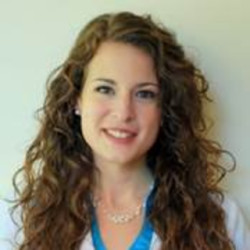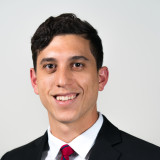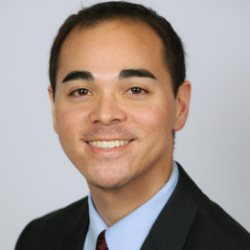Medical training is perhaps the best example of modern-day apprenticeship. Even after years of book learning and classroom instruction, a huge portion of practical education remains missing until you’ve spent time working under the guidance of experienced mentors. Regardless of medical specialty, years of supervised practice with graduated autonomy is a cornerstone of training.
The apprenticeship model can be traced back as far as the 16th century, but the impressive longevity of this system does not mean it is without its faults. The unregulated apprenticeship of the past underwent radical change around the turn of the century due to leadership from greats like Halstead, Osler, and Flexner, just to name a few. Their legacies bequeathed us the bones of the system we use today. William Halstead introduced the ideas of graduated autonomy, lengthy residency training, and surgical trainees as “residents” of the hospital (meaning they literally resided in the hospital). William Osler’s housestaff model for residency training still remains foundational to training today. Abraham Flexner’s 1910 report called for standardizing medical training facilities and led to consolidation of resources in fewer, more capable training institutions. Aside from the implementation of the 80-hour work week, not much has changed since these giants moved us forward. Until now.
Like all things in medicine, the quest for continual improvement applies to graduate medical education. We have built well-oiled machines that train a controlled and predetermined number of residents per year based on educational opportunity and resources. But with standardization comes a loss of flexibility to tailor training to individual learners. We have, for the most part, adopted a one-size-fits-all model for resident education. It takes three years to become an internal medicine physician and seven to become a neurosurgeon. The only common exceptions to these rules are residents who struggle to keep up and are forced to do an additional year of remediation. But does this really address the tremendous diversity in intellect, work ethic , and dedication to personal growth seen in any given intern class?
Enter the American Board of Surgery Entrustable Professional Activities (EPAs). EPAs are effectively a new defined list of clinical competencies that must be achieved for a surgical resident to enter practice safely as an independent surgeon. For us, this means things like pre-op, intra-op, and post-op care of appendicitis, biliary disease, and hernias, just to name a few. If internal medicine were to adopt a similar model, this could include things like management of coronary artery disease, diabetes, COPD, etc.
After each applicable encounter, the involved resident sends me an immediate evaluation through an app on my phone. This app includes three questions regarding complexity of the case, how much supervision the resident required, and open-form feedback. The entire process takes less than a minute and gets banked into the resident’s database.
What does this mean in practice? It means that a fourth-year resident can come back to my service after eight months away and show me their EPA data, which I can use to determine how much autonomy I want to grant them in the OR right away rather than having them start from where they were eight months ago. It also means that if a resident reaches entrustability in all defined EPAs before the typical end of their training, the one-size-fits-all, five-year training timeframe could be shortened. Perhaps this is even more advantageous for struggling residents, who may be able to reach entrustability with an extra three to six months rather than being assigned an extra full year of training. For everyone in the middle, the benefits of EPAs continue.
EPAs provide a language and data-driven justification for creating highly individualized rotation schedules for senior residents. Perhaps one resident is excellent with laparoscopic and robotic surgery but needs more open cases. Another resident may be great in the OR but need a little extra experience in the ICU. EPAs will make it easier for program directors to see exactly who needs what, and adjust accordingly.
Now that we have EPAs, they feel like an obvious approach that we should have discovered years ago. We are still early in our EPA journey, and I’m sure there will be some bumps along the road. But so far it seems like the antidote to the weaknesses of the traditional apprenticeship system. I’m excited to see where this goes and how surgical training will evolve in the new age of EPAs.
Share your thoughts on the EPAs in the comment section.
Dr. Danielle Pigneri is a trauma and acute care surgeon practicing in the Dallas-Fort Worth metroplex. When not working, she enjoys her other job, being a mom to two sweet young children. Dr. Pigneri was a 2022-2023 Doximity Op-Med Fellow, and continues as a 2023-2024 Doximity Op-Med Fellow.
Image by Alphavector / Shutterstock







